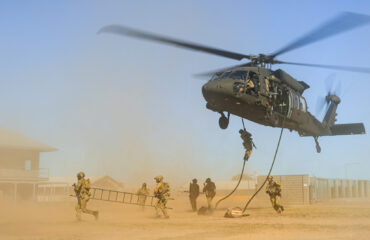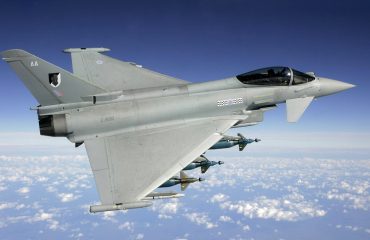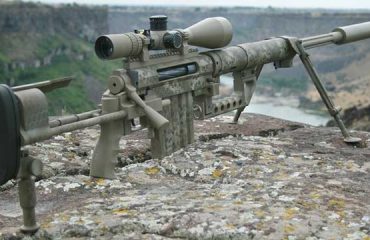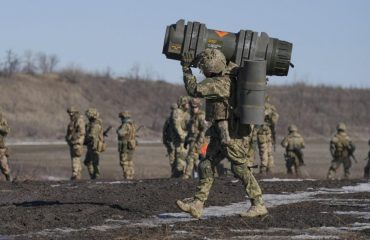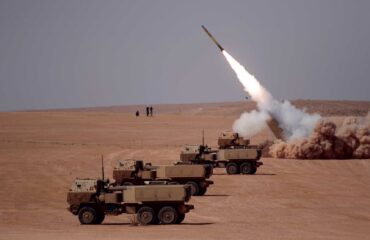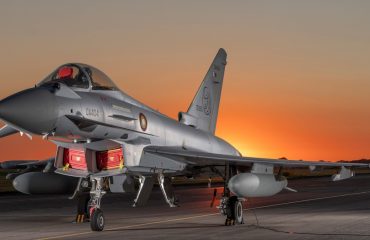Revolutionizing Airborne Maritime Surveillance: The C-catcher (ELM-2025) AESA Radar

Airborne search and rescue crews face extraordinarily demanding challenges. Difficult weather conditions, often the root cause of the mission itself, make flying uncomfortable, exhausting and often dangerous. Moreover, clouds, fog and rough sea make visual identification difficult, if not impossible.
The need to cover vast expanses at sea and pinpoint crash sites, floating wrecks, small lifeboats, or even individual survivors at sea stretch aircrew concentration and physical stamina to the limits. Moreover, the pressing need to keep searching is often contradicted by aircraft fuel capacity. If all this weren’t enough, search and rescue crews shoulder the tremendous stress of knowing that every second counts: lives hang in the balance, reliant upon their ability to quickly get to those in need of rescue.
To support crews with unprecedented performance, versatility and reliability, IAI’s systems and sensors subsidiary, ELTA Systems Ltd (IAI ELTA), developed a new surveillance AESA radar family: C-catcher ELM-2025. Leveraging over three decades of experience producing ELM-2022, the world’s most widely deployed airborne maritime surveillance radar, powerful in-house AESA technology, advance processing tools, and state of the art Gallium Nitride (GaN) electronic components, IAI ELTA’s new, modular, software defined radar family feature reduced weight and power consumption, higher mission availability, unique operational modes, and enhanced target detection.
Operating in X Band, the C-catcher AESA radars perform in all weather and visibility conditions. With interleaving detection modes and highly developed automation, they are uniquely capable of simultaneous multi-mode and multi-role. The C-catcher seamlessly perform both maritime and ground surveillance using unique processing tools and specialized, highly developed operational modes for Search and Rescue. These modes include Surface Search; Range Profile/Signature; and Inverse Synthetic Aperture Radar (ISAR). The C-catcher’s ability to identify very small targets from higher altitudes and reject land clutter improves the detection of distressed vessels, floating wrecks, and even individual survivors. This capability enhances the aircrew’s response efficiency in search and rescue (SAR) situations.
With customizable configurations and either fixed or rotating AESA antenna options, the C-catcher AESA radar family is ready to equip the widest range of platforms – from small UAVs and VTOLs through to rotary wing and large fixed wing high-endurance aircraft with life-saving capabilities.



